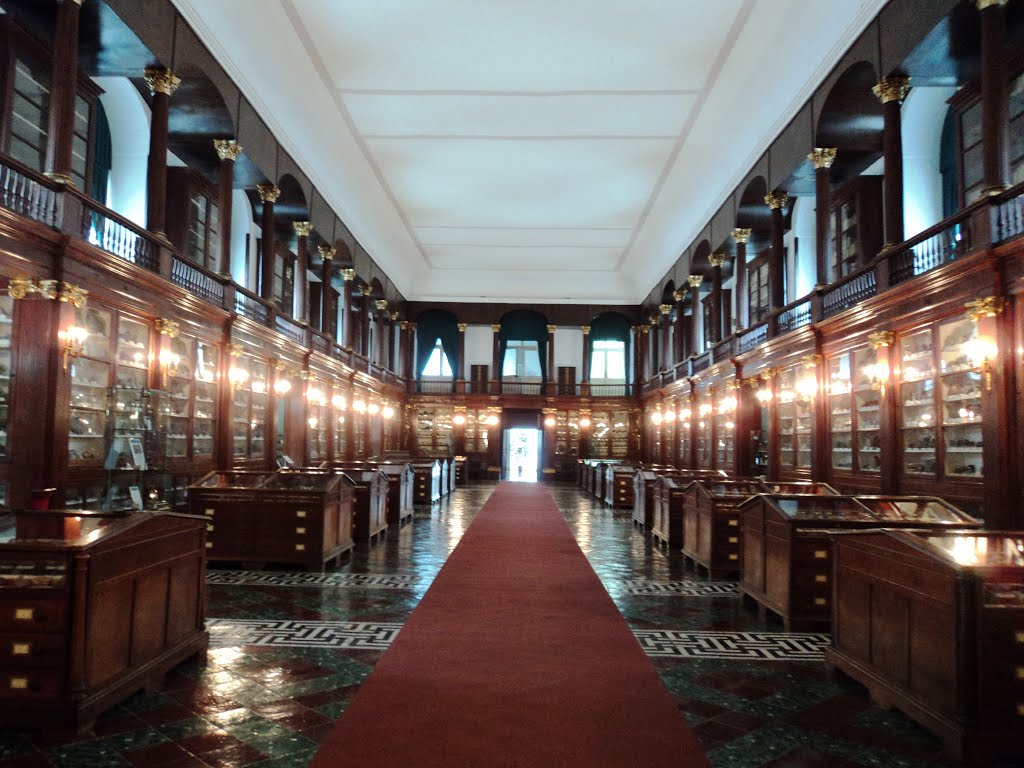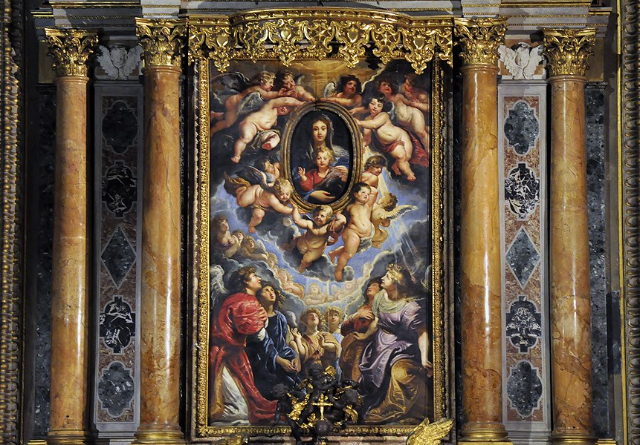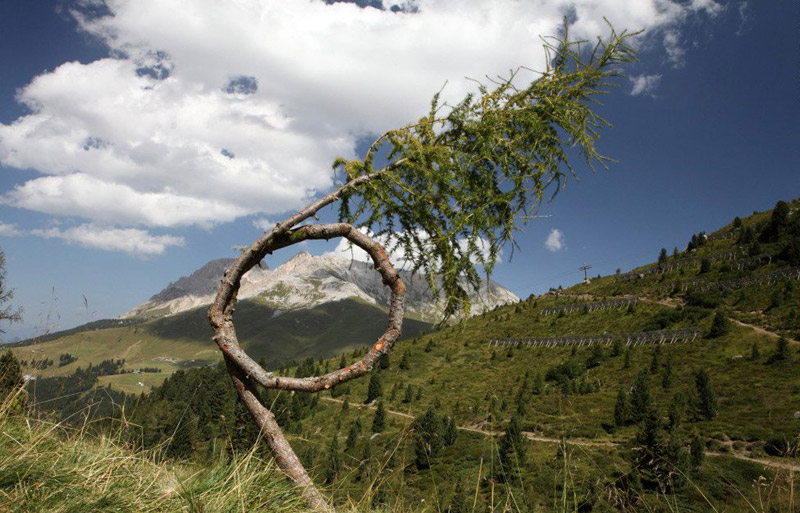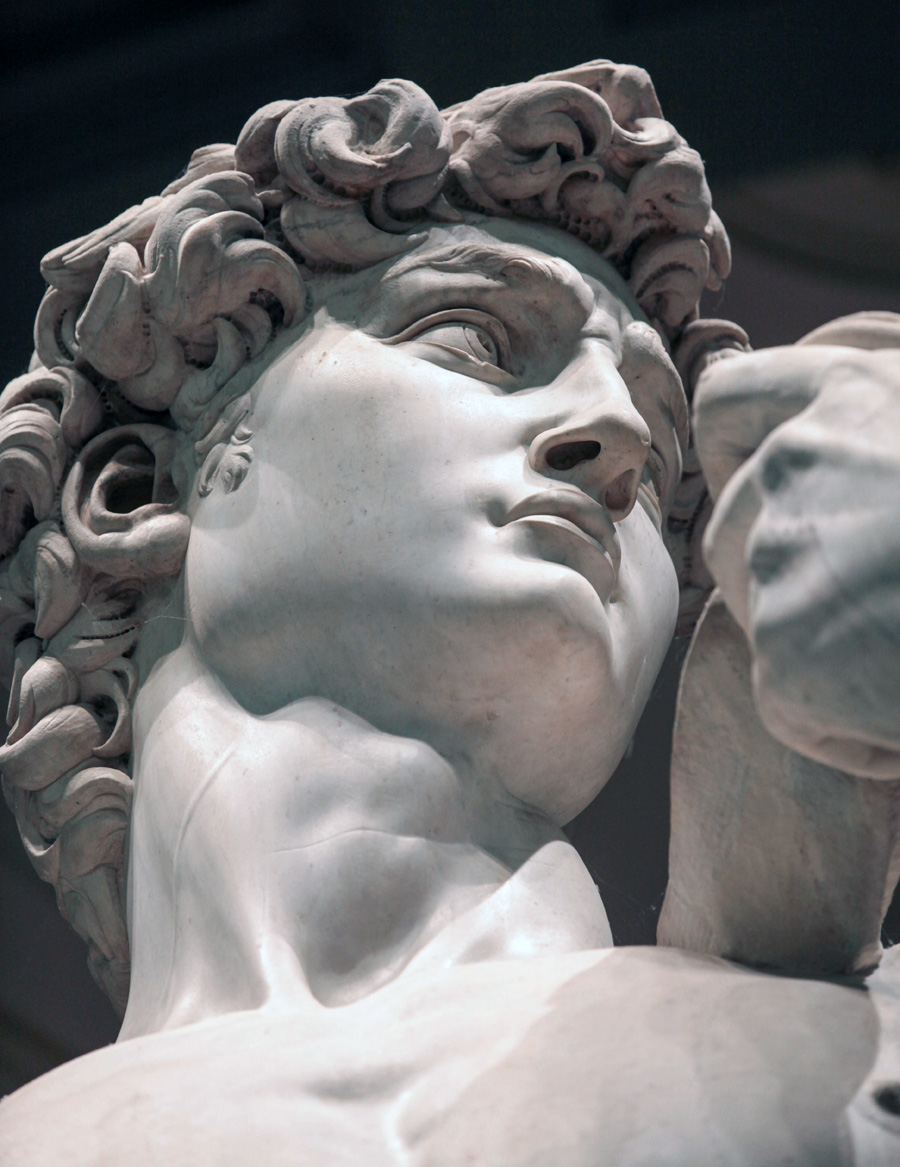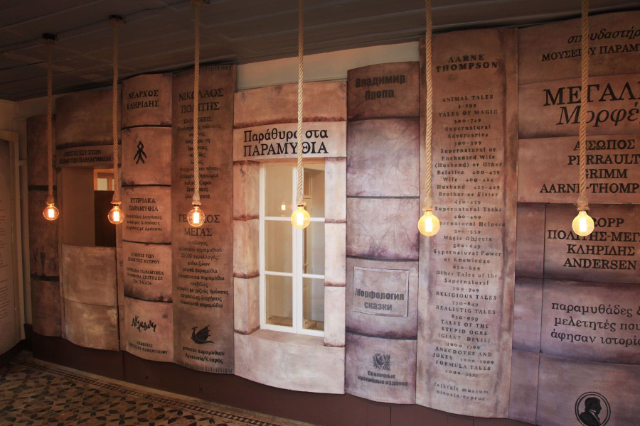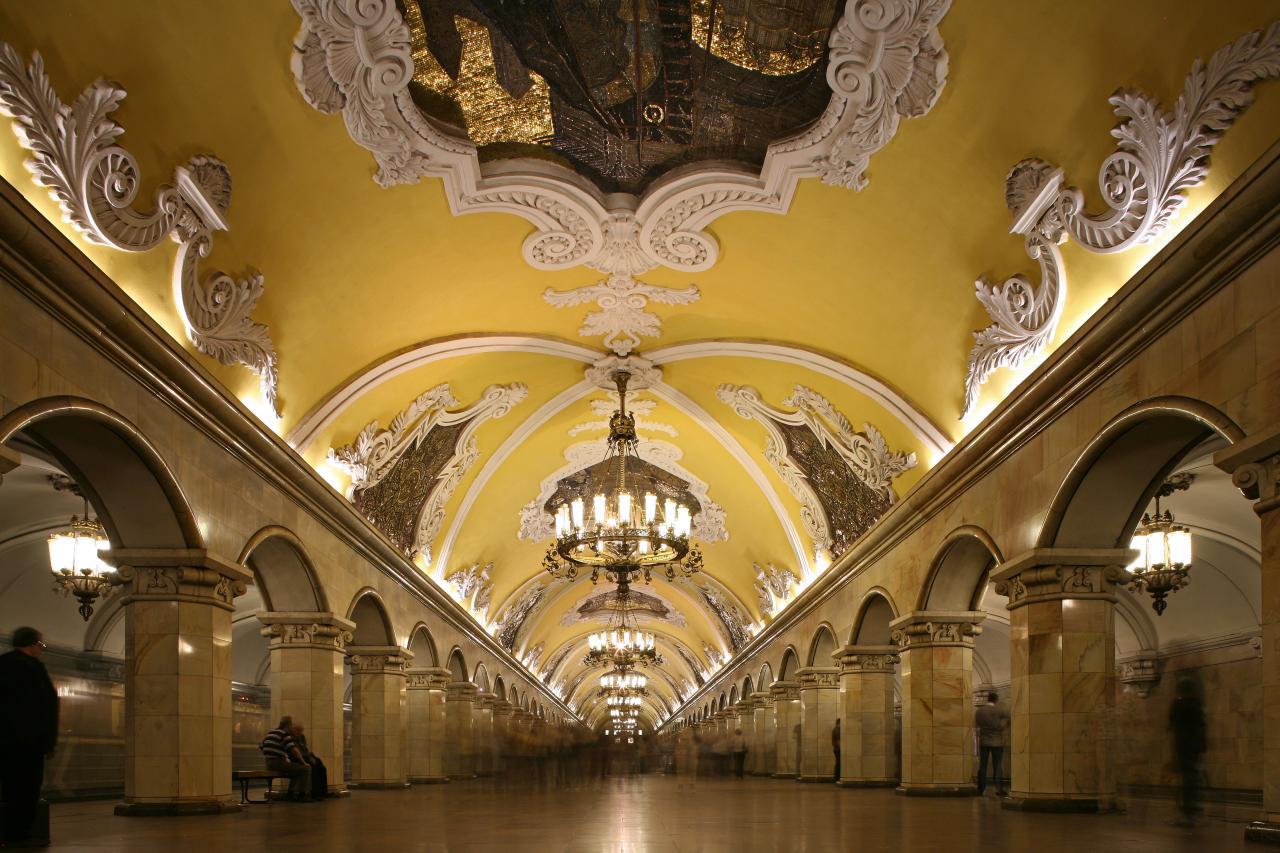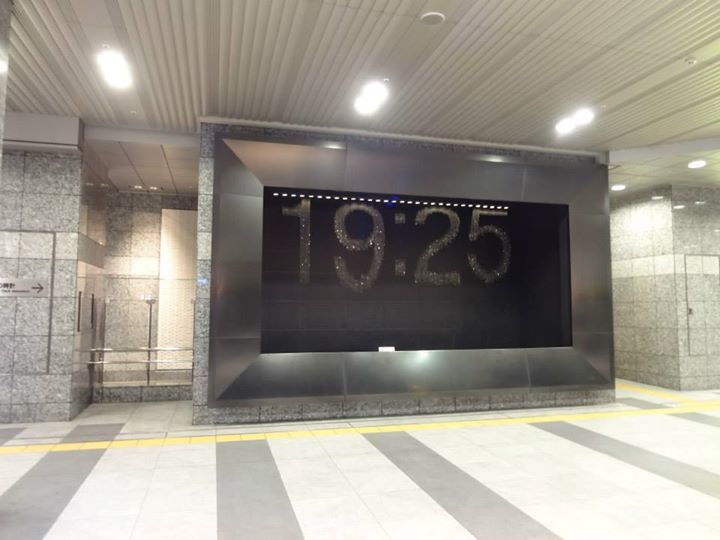The Royal Mineralogical Museum is located in the prestigious Library of the Jesuit Maximus College. Established in the spring of 1801 by Ferdinand IV of Bourbon, it was an important center of scientific research aimed at enhancing the mineral resources of the Kingdom of Naples. This distinguishes it from many other museums, created exclusively to preserve the spectacular and always fascinating world of minerals. Illustrious mineralogists worked there, including Matteo Tondi and Arcangelo Scacchi, who are still considered leading figures in the international scientific community. The highest scientific prestige of the institution was reached in 1845, the year in which the Museum was chosen as the seat of the VII Congress of Italian Scientists which saw the extraordinary participation of one thousand six hundred and eleven scientists. The Royal Mineralogical Museum has also played an important socio-political role in the history of the city. In 1848, after Ferdinand II had granted the Constitution, the first meetings of the Chamber of Deputies were held in the monumental hall of the Royal Museum; in 1860, finally, it hosted one of the twelve polling stations for the vote on the annexation to the Kingdom of Italy. The expositive surface, of about 800 square meters, is constituted by the monumental hall, and by the rooms dedicated to Arcangelo Scacchi and Antonio Parascandola. The elevated historical and scientific value of the collections places the Real Museo among the most important Italian mineralogical museums and, certainly, among the best known in the world.
The 25000 finds are divided into various Collections. The Great Collection of the Royal Museum is made up of minerals representative of numerous geological realities of the world; some, for their beauty and size, are true rarities. Many specimens, collected between 1789 and 1797, are considered ‘historical’ and are of particular scientific and collector interest, coming from European mining sites now abandoned. The Great Crystals Collection boasts crystals of notable dimensions and with perfect forms; among all, the pair of crystals of hyaline quartz from Madagascar weighing 482 kg stands out, donated to Charles III of Bourbon in 1740 and placed in the Museum in the early years of the nineteenth century.
The Vesuvian Collection is unique in its kind both for its scientific importance and for the rarity and beauty of some of the finds. Started in the first years of the 19th century, it has been enriched with new species found over the last 200 years on Vesuvius. The Collection of Artificial Crystals is composed of specimens synthesized by Arcangelo Scacchi and awarded at the Universal Expositions of London (1862) and Paris (1867).
The Collection of Campanian Tuff Minerals, started in 1807, presents real rarities such as fluoborite, corresponding to the discredited nocerite and hornesite. Among the finds of the Meteorite Collection we point out the siderite specimen of 7583 grams, found in 1784 in Toluca, Mexico. Finally, we remember the Collection of the Pietre Dure with cameos typical of the Neapolitan handicraft, the Collection of the Medals coined with the lava of the Vesuvio among which those of 1805 reproducing the profiles of Ferdinando IV and Maria Carolina, and the beautiful medal coined in the lava of 1859 in honor of Napoleon III, the Collection of Scientific Instruments including the goniometer reflection with a vertical circle that Arcangelo Scacchi built in 185 1, by a Neapolitan craftsman specialized in tools of seamanship.
